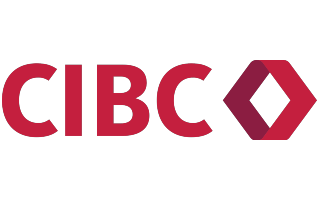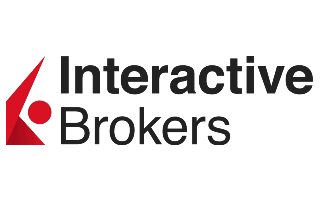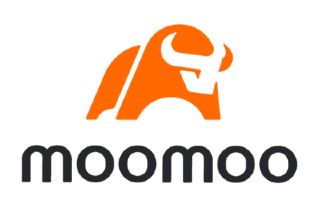Each of the three investment options available for this tangible commodity comes with risk, given you’re taking a bet as to how much coffee will sell for.
1. Buy coffee ETFs.
Exchange-traded funds (ETFs) are a type of investment made up of a collection of commodities, equities, bonds or currencies, allowing for diversification across an entire industry by tracking its overall success.
Commodity-based coffee ETFs operate with an arbitrage mechanism designed to allow investors to directly track the performance of the coffee market as a whole.
Only one ETF that is exclusively invested in coffee is currently available:
- iPath Dow Jones-UBS Coffee Subindex Total Return ETN (JO), which tracks an index of futures contracts on the price of coffee.
Pros
- Instant diversification across the coffee industry.
- Investments come at a low price, with lower risk than stocks in a single company.
- Single transaction adds an entire market to a portfolio.
- Simple, low-maintenance way to invest.
Cons
- The collection is decided for you, meaning you relinquish some of your control.
- Though diverse, ETFs are not immune to volatility.
2. Buy shares in coffee companies.
Another option for investing in the coffee industry is purchasing stock in a company that sells or is involved in the production of this commodity, though coffee growers and importers are much more fragmented than some other commodities. Investing in more than one company is a safer option than putting all your eggs in one basket. Another way to reduce your risk is by buying stock in a company that sells coffee in addition to other products. In the case of coffee, the industry leaders for coffee sales include ubiquitous brands like:
- Starbucks (SBUX)
- Dunkin Brands (DNKN)
- McDonald’s (MCD)
- J.M. Smucker’s (SJM)
- Nestle (NSRGY)
- Kraft (KHC)
- Procter & Gamble (PG)
Shares of stock are a simple way to access the market, because you can purchase them through an online broker or financial adviser.
Pros
- Build and tailor your own portfolio.
- Simple and accessible investing.
Cons
- Unpredictable growing and manufacturing factors make for volatile stocks and prices.
- Risk of losing your investment can be high.
3. Purchase coffee futures.
Futures are one of the most direct ways to trade a commodity, though they’re traded on different exchanges than stocks are, so you’ll need a brokerage account that supports futures trading and you’ll probably access a different part of your trading platform than you would with stocks or options. When you purchase a future, you buy a contract to purchase a commodity — in this case coffee — at a future date at a specified price. These contracts come with an expiration date.
Investing in coffee futures essentially means betting on what the coffee will sell for at a specific date and place. For instance, the Coffee C contract offers trades five times a year and covers bean deliveries from 19 countries. Each contract is for 37,000 pounds of coffee — not a small investment. Those who grow coffee beans or buy coffee beans can use futures to lock in prices, but futures can also be traded by investors and speculators.
Futures can be extremely volatile and are far riskier than other investment options. They also offer the greatest potential return if you get the timing and price movement right to see a profit on your investment.
Pros
- Because of lot size, small price moves of as little as 1% can mean strong gains.
- Investing is simple and accessible.
Cons
- Futures are volatile — you can’t predict with certainty how prices will fluctuate.
- Risk of losing your investment is high, as small moves against you can spell big losses.
- Failure to exercise futures prior to expiration renders them worthless.
Compare these providers for access to coffee ETFs and more
Finder Score for stock trading platforms
To make comparing even easier we came up with the Finder Score. Trading costs, account fees and features across 10+ stock trading platforms and apps are all weighted and scaled to produce a score out of 10. The higher the score the better the platform - simple.
What are the risks of investing in coffee?
The price of coffee fluctuates depending on a range of factors, many of which are out of our control, resulting in a volatile and unpredictable commodity:
- Weather conditions in the countries producing the coffee.
- Economic and political factors affecting coffee-producing countries.
- Fluctuations in foreign currency exchange rates.
- Changing trade regulations and restrictions.
- Changes in the supply and demand of coffee.
Bottom line
You can invest in coffee by purchasing coffee ETFs, stock in coffee companies or coffee futures. But the price of your daily bean can be unpredictable given growing and manufacturing variables.
Before purchasing this commodity, compare your investing options across trading platforms and other tangible goods.
Frequently asked questions
More guides on Finder
-
Full guide to paper trading accounts for 2025
How to choose the best paper trading platform to help you learn the ins and outs of investing.
-
How will tariffs affect the stock market?
Find out how the Trump tariffs will impact the stock market and explore Canadian stocks that may be resilient amidst tariffs.
-
What are the best stocks for beginners with little money to invest?
Want to dive into investing but don’t have much to spend? Take a look at these types of stocks.
-
Trading promos & investment account bonuses for 2025
Enjoy perks like free trades and cash back when you open a stock trading account with these online broker promotions.
-
TD Easy Trade review
Use this self-directed trading app to learn the basics of investing with a streamlined app and a number of free trades annually.
-
Best renewable energy stocks
These are the best renewable energy stocks to buy now in Canada.
-
10 best trading platforms and apps in Canada for 2025
Whether you’re a new or experienced investor, these are the best stock trading platforms and apps in Canada.
-
TD Direct Investing Review
Make quick and easy trades using this reputable online trading platform from TD.
-
RBC Direct Investing review
Here’s what you need to know about the benefits and shortcomings of this Big Bank investment platform.
-
Questrade review
Questrade is a leader among Canadian discount brokerages, but is it right for you? Compare fees, features and alternatives here.



